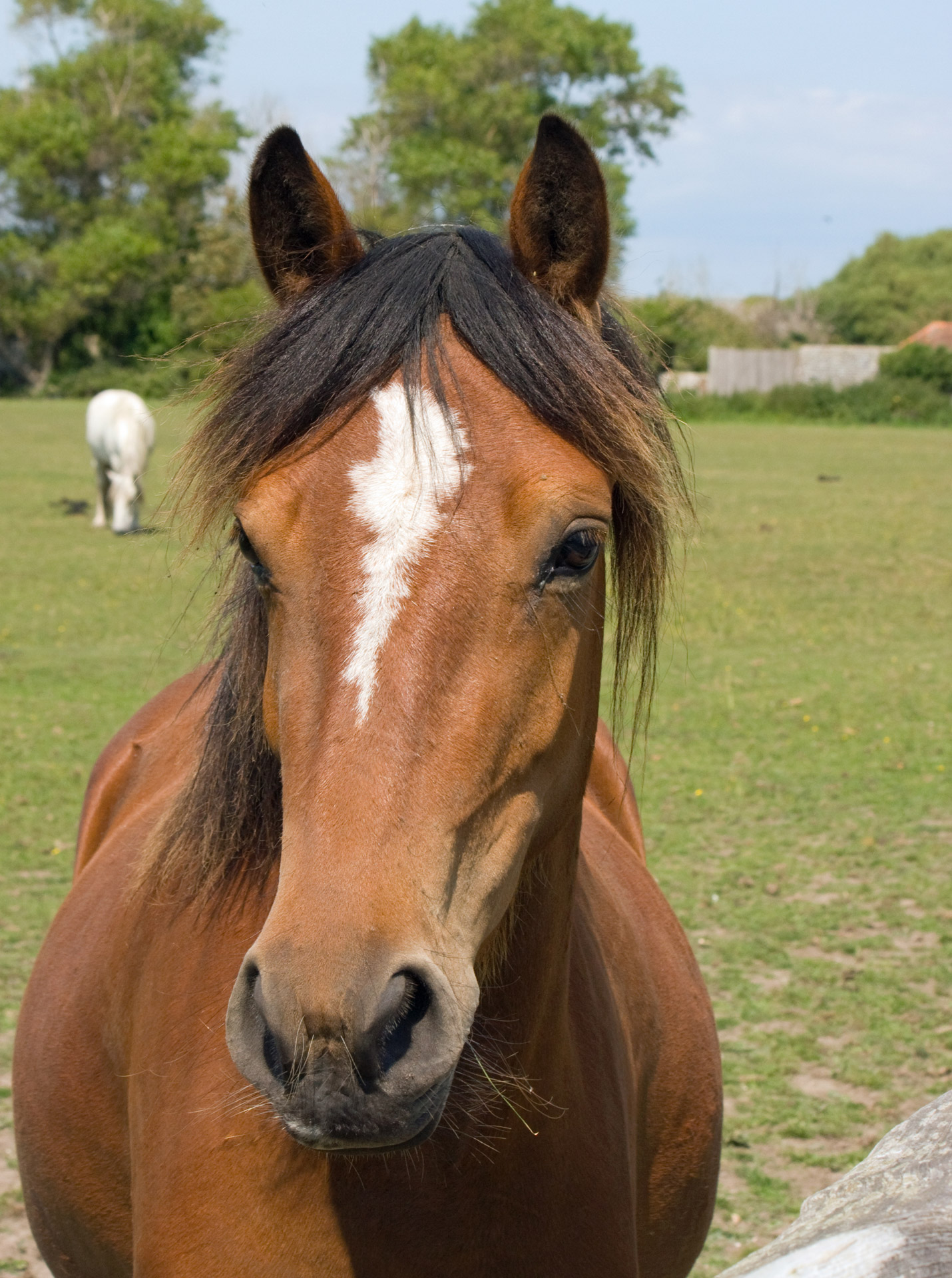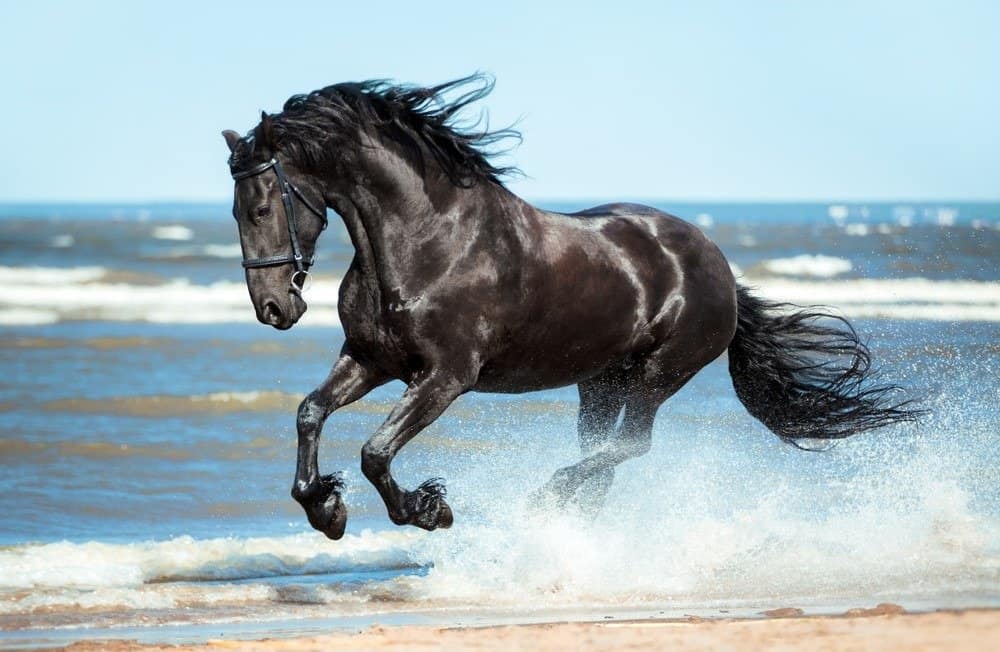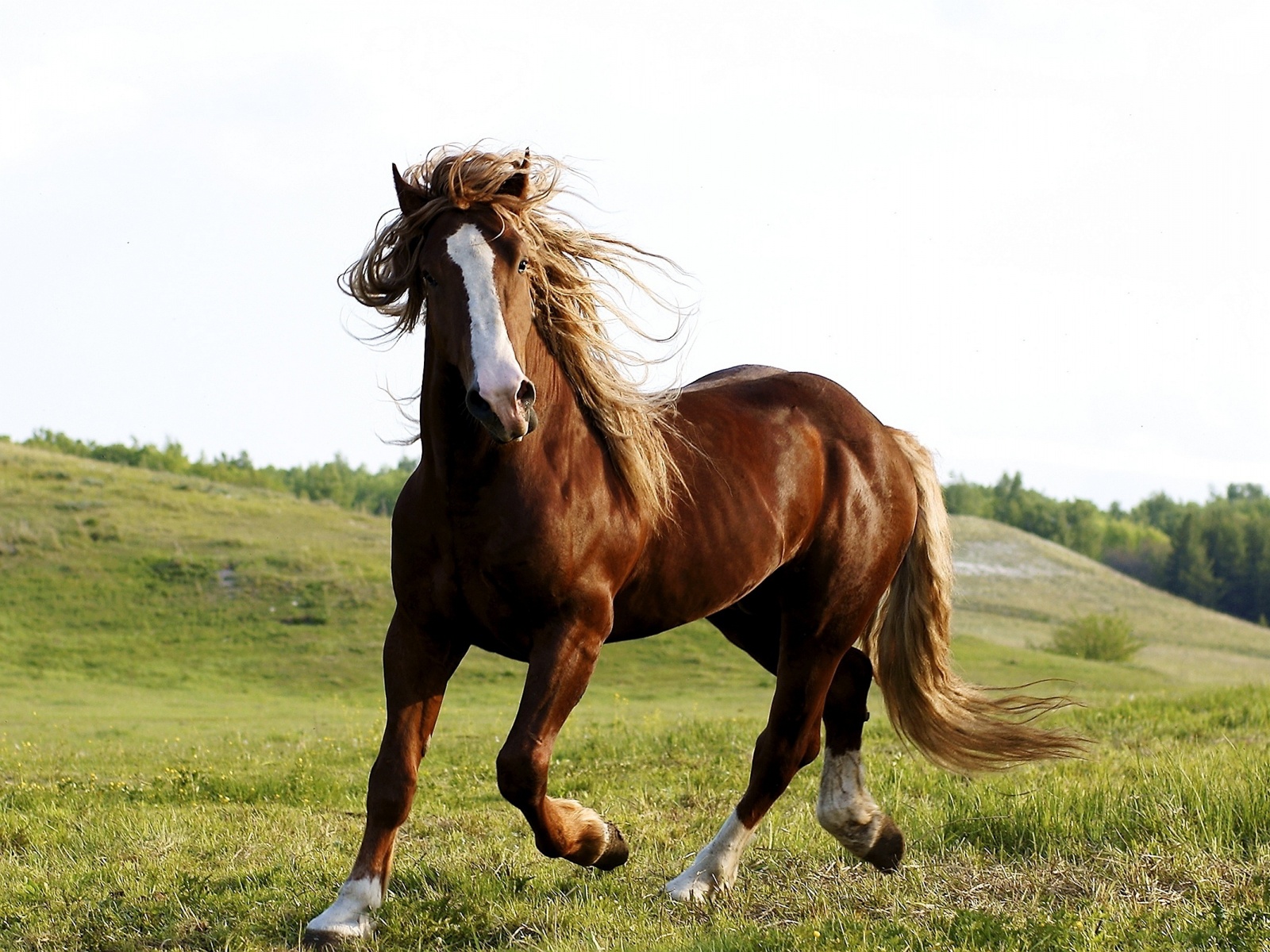Watching horses mate naturally is a fascinating part of their behavior and life cycle. For horse owners, breeders, and fans, getting to know how horses mate in the wild or semi-natural settings is both educational and important for responsible horse care. Whether you’re new to horses or looking to understand more about their natural ways, this guide will walk you through the basics of horse mating in a simple, easy-to-follow way.
So, how do horses actually mate when left to their own devices? What role does the environment play, and how can we support natural breeding practices while keeping our horses safe and healthy? This post covers all of that and more, giving you a clear picture of horse mating in the wild and on farms.
Let’s start by taking a closer look at what horse mating naturally means, how it works, and why it matters to those of us who love and care for these beautiful animals.
Table of Contents
- What Is Natural Mating Behavior in Horses?
- When Do Horses Mate Naturally?
- How Do Horses Choose Their Mates?
- The Mating Process: What Happens?
- Natural Breeding vs. Human-Assisted Breeding
- What Happens After Mating?
- Frequently Asked Questions
What Is Natural Mating Behavior in Horses?
In the wild or in open pastures, horses follow certain patterns when it comes to mating. Stallions, which are adult male horses, usually play the main role in seeking out and breeding with mares, the females. A stallion will often form a small group, or harem, of mares and protect them from other males. This is a natural part of horse life, especially in feral herds like the mustangs of the American West.
So, what do horses do when they’re ready to mate? Mares in heat, which means they’re ovulating, will show certain signs. These can include tail raising, frequent urination, and a more playful or alert behavior around the stallion. The stallion, in turn, will approach the mare, smell her rear end, and sometimes perform a lip curl—called the flehmen response—to detect if she’s ready to breed.
It’s interesting to see how horses communicate in this way, almost like a dance between the two. This natural behavior helps ensure that mating happens at the right time for conception.
When Do Horses Mate Naturally?
Most horses follow a seasonal breeding cycle, typically during the spring and summer months. This is because longer daylight hours signal the mare’s body to start ovulating. In the wild, this timing makes sense—it means foals are born when the weather is warmer and food is more plentiful.
So, for horse owners or breeders, this is important to know. If you’re keeping horses in a barn or on a farm, you might notice mares becoming more restless or "in season" during this time. Some owners even use artificial lighting to simulate longer days, encouraging mares to come into heat earlier in the year.
Still, in a natural setting, horses will mate when the time feels right. It’s a process shaped by instinct and environmental cues, not something that can be rushed.
How Do Horses Choose Their Mates?
You might wonder, do horses pick their mates, or is it just the stallion who decides? In wild herds, stallions often compete with each other for dominance and control over a group of mares. The strongest or most dominant stallion will typically have the most breeding opportunities.
But here's the thing—mares aren’t just passive in this process. Research and observation suggest that mares may choose stallions based on their strength, behavior, or even how well they protect the herd. So, while stallions might take the lead, mares have a say, too.
This natural selection helps ensure that the strongest genes are passed on, which is a big part of why wild horse populations stay healthy and adaptable over time.
The Mating Process: What Happens?
Once the mare is ready, the actual mating process is pretty quick—usually only lasting a few minutes. The stallion mounts the mare from behind, and the act of breeding takes place. During this time, both horses are very focused, and the mare may stand still or even shift slightly to balance herself.
After mating, the stallion may guard the mare for a short time, keeping other males away. Meanwhile, the mare’s body begins the process of possibly becoming pregnant. If everything goes well, she’ll carry the foal for about 11 months before giving birth.
It’s amazing how precise and efficient this process is in nature. It’s something that’s evolved over thousands of years, and it’s still happening in wild and semi-wild horse populations today.
Natural Breeding vs. Human-Assisted Breeding
While some horse breeders prefer natural breeding, others use artificial insemination or even in vitro techniques to control the breeding process. There are pros and cons to both methods.
Natural breeding allows horses to follow their instincts and often leads to stronger, healthier foals. But it also comes with risks, like injury during mating or uncertainty about the paternity of the foal.
On the other hand, human-assisted breeding gives more control over timing, genetics, and health checks. It’s commonly used in the horse industry, especially for high-value or rare breeds. Learn more about how horses are bred in modern farms and what role humans play in the process.
What Happens After Mating?
After mating, the mare’s care becomes super important. If she becomes pregnant, she’ll need regular vet checkups, a good diet, and plenty of rest. She’ll carry the foal for about 340 days, give or take a few weeks, depending on the breed and her health.
For breeders and owners, this is a time to make sure the mare is comfortable, well-fed, and not stressed. In natural settings, mares often stay with their herd, which gives them a sense of security. But in managed breeding programs, they might be moved to a safer, quieter area to reduce risk.
Eventually, the foal will be born, usually at night or in a quiet moment when the mare feels safe. Newborn foals are usually up on their feet within an hour and start nursing shortly after. It’s a beautiful and powerful moment that shows the strength and grace of these animals.
Want to know more about horse reproduction? Check out more articles about horse care and breeding on our site.
Frequently Asked Questions
How do horses mate naturally in the wild?
In the wild, horses live in small herds led by a dominant stallion. When mares are in heat, they show physical and behavioral signs. The stallion will approach, test the mare’s readiness, and then mate with her. This usually happens quickly and with minimal aggression, especially if the stallion is already familiar with the mare.
How long does horse mating naturally take?
The actual mating act is very short, usually lasting just a minute or two. However, the whole process—from the stallion approaching the mare to the mating itself—can take a few minutes to half an hour, depending on how the mare reacts and whether there are other stallions nearby.
What are the signs that a mare is ready to mate naturally?
Mares in heat may raise their tails, urinate frequently, and become more playful or alert around stallions. They may also stand still and allow the stallion to approach them. These signs help the stallion know she’s ready to breed.



Detail Author:
- Name : Prof. Allison Larson MD
- Username : izabella.schmidt
- Email : whackett@zulauf.net
- Birthdate : 1990-05-24
- Address : 28588 Karson Mountain Suite 641 Hailietown, NV 30387-1708
- Phone : 1-838-880-2639
- Company : Spencer PLC
- Job : Stevedore
- Bio : Ut omnis rerum incidunt consequatur libero. Est quis laborum voluptatem laudantium voluptatem eius sed. Qui illum harum labore eum amet. Asperiores nemo velit sapiente nisi ut repudiandae.
Socials
facebook:
- url : https://facebook.com/araceli_real
- username : araceli_real
- bio : Ex vel distinctio voluptatem earum repellat molestias.
- followers : 1348
- following : 1738
twitter:
- url : https://twitter.com/araceli_xx
- username : araceli_xx
- bio : Sit iste consequatur et molestias dolorum est perferendis. Similique quia illum aspernatur vel quisquam. Quo fugit molestias sit deleniti rem.
- followers : 4368
- following : 1306
linkedin:
- url : https://linkedin.com/in/powlowski1971
- username : powlowski1971
- bio : Velit quasi animi voluptatibus expedita.
- followers : 1391
- following : 2630
tiktok:
- url : https://tiktok.com/@aracelipowlowski
- username : aracelipowlowski
- bio : Perferendis nobis quaerat ea aut totam autem suscipit qui.
- followers : 5100
- following : 1229

